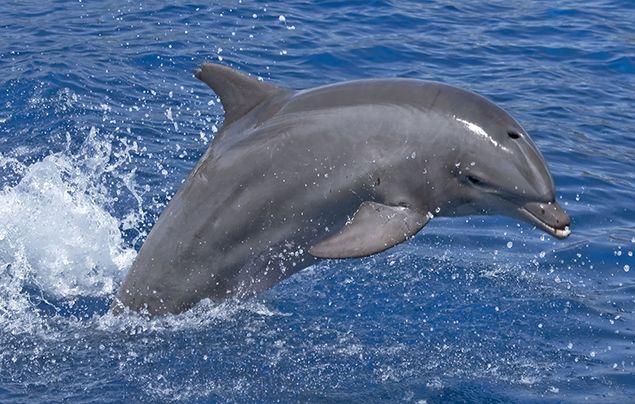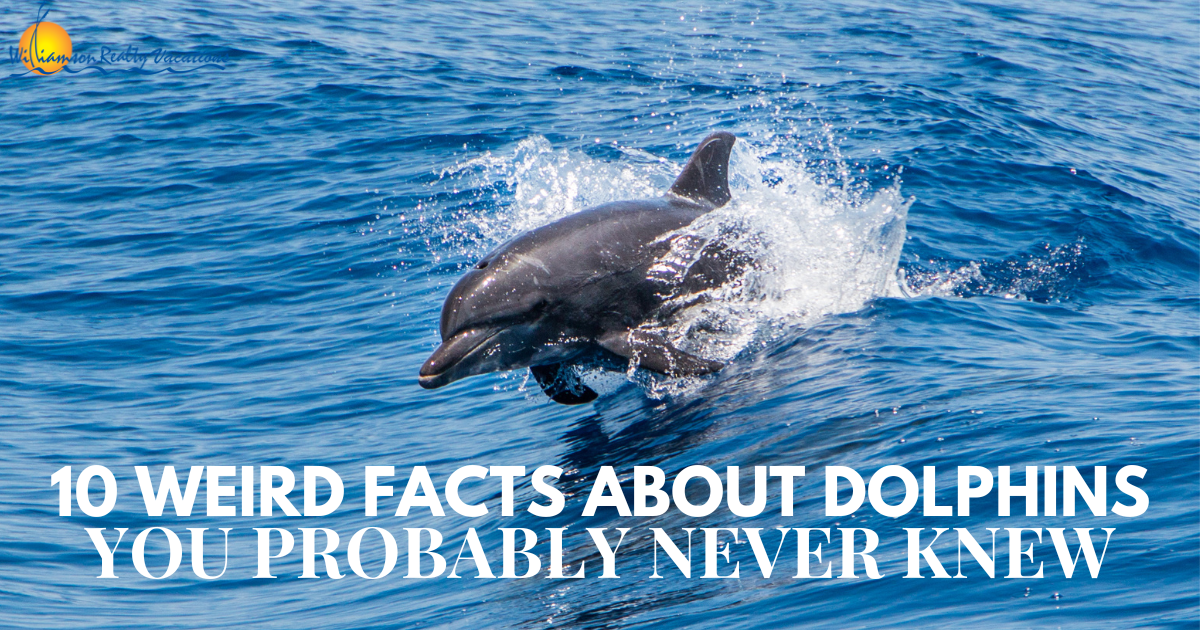Dolphin Facts You Didn't Understand About Their Adjustments for Survival
Dolphin Facts You Didn't Understand About Their Adjustments for Survival
Blog Article
Dive Into the Sea: Fascinating Dolphin Facts for Sea Lovers
The world of dolphins presents a remarkable intersection of knowledge, social habits, and ecological value. With around 37 types, these aquatic animals exhibit a variety of amazing qualities that not just captivate sea lovers yet also underscore their crucial duty in aquatic ecological communities. From their complex communication approaches to their impressive analytical capacities, dolphins test our understanding of pet knowledge. However, journalism requirement for preservation initiatives to safeguard these creatures and their habitats raises critical concerns concerning our obligation in the direction of the ocean's citizens. What implications do these elements hold for our communications with these amazing beings?
Dolphin Types Variety
Variety is a hallmark of the dolphin family members, incorporating a large range of varieties that show distinct physical features, behaviors, and habitats. The family members Delphinidae, commonly referred to as oceanic dolphins, makes up around 37 varieties, each adjusted to details ecological specific niches. As an example, the bottlenose dolphin (Tursiops truncatus) is renowned for its intelligence and versatility, thriving in both open and coastal sea environments.
In contrast, the whale (Orcinus orca), typically referred to as the awesome whale, is the largest participant of the dolphin household and is identified by its striking black-and-white pigmentation. Orcas show complicated social frameworks and searching methods, showcasing the behavioral variety within the family members. Other types, such as the spinner dolphin (Stenella longirostris), are kept in mind for their acrobatic screens and choice for warmer waters, highlighting the versatility of dolphins to different aquatic ecological communities.
In addition, river dolphins, consisting of the pink river dolphin (Inia geoffrensis), inhabit freshwater atmospheres, additionally illustrating the wide-ranging habitats that dolphins inhabit. Dolphin Facts. This incredible variety not only enhances marine communities but likewise highlights the value of preservation efforts to safeguard these amazing creatures and their environments
Social Behavior and Interaction
The detailed social actions and interaction techniques of dolphins are vital parts of their existence, helping with team communication and improving survival. These highly intelligent aquatic animals exhibit complex social frameworks, usually creating hulls that can vary from a few people to over a hundred. Within these groups, dolphins participate in actions such as cooperative searching, social play, and shared protection, which cultivate strong bonds amongst participants.
Dolphins use an advanced array of articulations, including clicks, whistles, and body movement, to communicate information and share emotions. Their trademark whistles function as unique identifiers, comparable to names, allowing people to call out to each other. This vocal interaction is complemented by non-verbal signals, such as jumping, slapping the water, and synchronized swimming, which additionally enhances their communications.

One-of-a-kind Feeding Behaviors
Special feeding routines characterize dolphins, showcasing their adaptability and knowledge in different marine settings. These aquatic animals are known for their varied diet plans, which mainly consist of fish, squid, and shellfishes. Their hunting techniques can differ substantially, typically tailored to the certain victim and ecological problems.
One notable approach is cooperative hunting, where dolphins function in teams to herd institutions of fish right into limited formations, making it less complicated for individuals to capture their meal. This social actions not only enhances their feeding effectiveness but additionally strengthens social bonds within the pod. In addition, dolphins have been observed using a technique called "fish-whacking," where they utilize their tails to stun or disorient fish, facilitating less complicated capture.
An additional remarkable feeding habit is echolocation, which enables dolphins to find target also in murky waters. In general, the special feeding routines of dolphins highlight their duty as skilled predators within the marine community, demonstrating both intelligence and resourcefulness.
Knowledge and Trouble Solving
Dolphins exemplify remarkable cognitive capabilities that prolong past their innovative feeding strategies. Their knowledge appears in their analytic abilities, social interactions, and ability for learning. Research has actually shown that dolphins can make use of devices, such as making use of aquatic sponges to secure their rostrums while foraging on the seafloor. This actions highlights their capability to control their atmosphere successfully and adjust methods to improve survival.
In addition, dolphins exhibit innovative interaction abilities, employing a complex system of clicks, whistles, and body movement. Dolphin Facts. This communication is essential for collaborating team tasks, such as searching and interacting socially, illustrating their capacity to work collectively towards a common objective. Their capability to comprehend abstract concepts, consisting of self-recognition in mirrors, additionally highlights their cognitive sophistication
In regulated researches, dolphins have revealed a capability to solve problems and perform tasks that need both memory and crucial thinking. These communications suggest not only intelligence but additionally a willingness to engage with their setting in novel means. Generally, the cognitive prowess of dolphins puts them among the most smart species on earth, fostering a much deeper appreciation for their function in marine environments.
Preservation and Environmental Effect
Preservation More about the author initiatives targeted at shielding marine environments are crucial for protecting dolphin populaces and their environments. Dolphins are highly delicate to ecological changes, and their survival is elaborately connected to have a peek at these guys the wellness of oceanic communities. Overfishing, air pollution, and environment change present substantial threats to both dolphins and their environments.
Overfishing interrupts the food web, bring about a decline in prey species necessary for dolphin survival. Toxins such as chemicals and plastics gather in aquatic settings, jeopardizing dolphins via intake and bioaccumulation. Increased water temperature levels and ocean acidification, consequences of climate adjustment, further jeopardize the fragile equilibrium of aquatic ecological communities, influencing dolphin reproduction and migratory patterns.
Preservation efforts, consisting of the establishment of marine protected areas (MPAs), play a vital duty in guarding these smart animals. MPAs assist reduce human impact, permitting ecological communities to recoup and prosper. Public awareness projects and area interaction are also essential, cultivating a society of stewardship towards marine life. By focusing on preservation efforts, we can make certain that future generations appreciate the appeal and vitality of dolphins and the seas they populate. Safeguarding aquatic ecological communities is not nearly saving dolphins; it is about maintaining the elaborate internet of life that maintains us all.
Conclusion
Dolphins exhibit the intricacy and richness of aquatic life with their diverse types, complex social frameworks, and progressed cognitive abilities. Their special feeding habits and communication approaches even more highlight their adaptability you could try these out and intelligence. As essential components of marine ecosystems, dolphins highlight the requirement of recurring conservation efforts to guard their habitats. Safeguarding these exceptional creatures is essential not only for their survival yet additionally for maintaining the health and balance of sea settings globally.
Various other varieties, such as the rewriter dolphin (Stenella longirostris), are kept in mind for their acrobatic display screens and choice for warmer waters, highlighting the flexibility of dolphins to numerous aquatic ecological communities.
Overall, the unique feeding habits of dolphins highlight their role as proficient killers within the marine environment, demonstrating both intelligence and resourcefulness.
In general, the cognitive prowess of dolphins places them amongst the most smart varieties on the world, promoting a deeper gratitude for their role in marine ecosystems.

Report this page